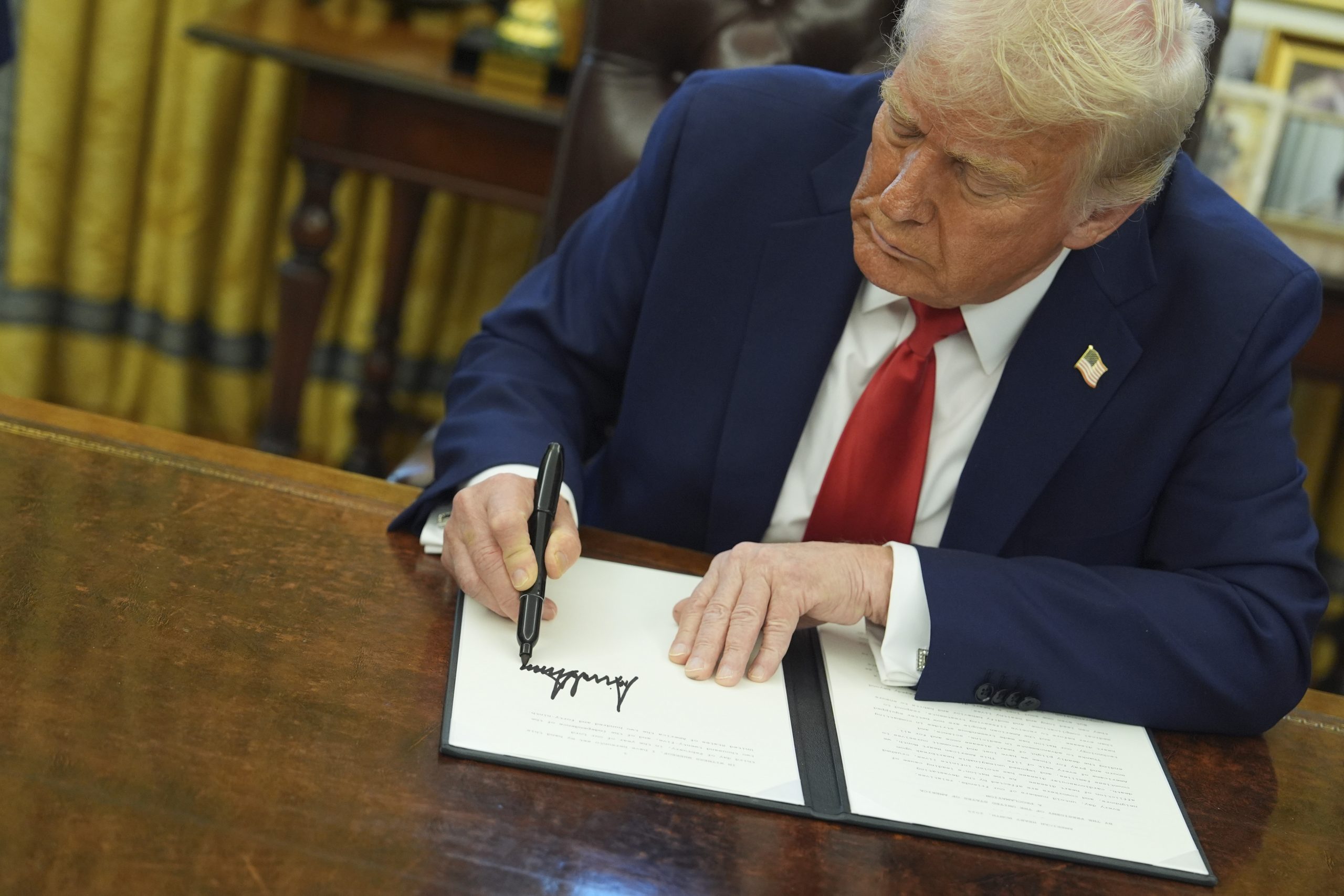The West Wing of the White House is one of the most iconic centers of power in the world. It houses the president’s closest advisers, senior staff, and the famed Oval Office. During Donald Trump’s presidency, the layout of this power-packed area took on even greater significance as the former real estate mogul-turned-president redefined how he managed his administration and interacted with his inner circle. One of the most commonly asked questions during his term was: Who sits closest to Trump in the West Wing?
To answer that question, it’s important to first understand the geography of the West Wing itself.
Anatomy of the West Wing
The West Wing is relatively compact. It contains the Oval Office, the Cabinet Room, the Roosevelt Room, the Situation Room, and offices for senior White House staff. The Oval Office, the symbolic heart of presidential power, is located at the southeast corner. Just a few feet away are the offices of the president’s most trusted aides—those who must be able to see or speak with him at a moment’s notice.
While the actual layout may shift depending on the president’s preferences, during Trump’s tenure, the hierarchy was clearly defined, not just by title but by proximity.
The Oval Office and the Power Radius
At the center of the action was, of course, the Oval Office. Flanking it were key players in Trump’s day-to-day operations. Those who sat nearest to him were often his most trusted advisers, influential strategists, and family members.
Directly adjacent to the Oval Office is the Office of the Chief of Staff. During Trump’s presidency, this position rotated through several people: Reince Priebus, John Kelly, Mick Mulvaney (acting), and Mark Meadows. While each of them maintained this crucial office, the degree of their influence often depended more on Trump’s personal comfort and trust than on formal structure.
Just steps away, the Senior Adviser Office was occupied by Jared Kushner, Trump’s son-in-law. His portfolio spanned a wide range of critical issues—from Middle East peace to criminal justice reform—making his office’s proximity to the president both symbolic and functional. Often described as one of Trump’s most trusted voices, Kushner’s influence was hard to overstate.
Equally close was Ivanka Trump, the president’s daughter and adviser. Though her role was technically unpaid, she maintained an office on the second floor of the West Wing, a rare position for a presidential family member. Her presence in meetings and close relationship with the president gave her an informal yet significant impact on policy and personnel decisions.
The Press Secretary and Communications Staff
Another critical office close to the president belonged to the White House Press Secretary. During Trump’s presidency, this role was held by several individuals—Sean Spicer, Sarah Huckabee Sanders, Stephanie Grisham, and Kayleigh McEnany. Their offices, typically located near the press briefing room at the northwest corner of the West Wing, were still within a short walking distance to the Oval Office. Quick access to the president was vital given the rapid and often unpredictable news cycles of the Trump era.
Adjacent to the Press Secretary’s space was the Director of Communications and other media staff. Trump’s reliance on media—both traditional and social—meant that communications advisers played an outsized role, necessitating proximity for strategy coordination and damage control.
The Office of the National Security Adviser
Another important office close to Trump was the National Security Adviser’s Office, typically located near the Situation Room. During Trump’s tenure, this role saw multiple changes—Michael Flynn, H.R. McMaster, John Bolton, and Robert O’Brien each held the post. Given Trump’s often unconventional approach to foreign policy, the person in this office needed constant access to the Oval Office, often being called in for briefings or decisions without much notice.
The “Outer Oval” – Trump’s Gatekeepers
Just outside the Oval Office sits what’s known as the “Outer Oval,” a space often occupied by the president’s Executive Assistant and Personal Secretary. These staff members, such as Madeleine Westerhout and later Molly Michael, were responsible for managing the president’s schedule, meetings, and documents. Though less publicly known, their physical proximity and gatekeeping power gave them considerable sway in who got access to Trump.
The Roosevelt Room and Cabinet Room
While not occupied by a single individual, the Roosevelt Room served as a primary meeting space for senior staff and visiting dignitaries. Directly across the hallway from the Oval Office, it was frequently used by Trump to conduct informal gatherings or address pressing issues.
The Cabinet Room, located just a few steps from the Oval Office, was used for official meetings with Cabinet members and visiting leaders. While not used daily, its nearness made it a key space for formal discussions and strategic announcements.
Informal Power Centers
Though physical distance from the Oval Office often reflects importance, Trump’s leadership style meant that informal influence often outweighed titles or office location. For example, outside advisers like Steve Bannon (early in the administration), Rudy Giuliani, and Hope Hicks had tremendous sway at different points, even if their offices were not right next to Trump’s.
Trump also frequently worked from the White House residence, using informal channels like phone calls, personal meetings, and social media to exert control. This often meant that influence was less tied to geography and more to loyalty and messaging alignment.
Conclusion
In Trump’s White House, who sat closest to him physically was a decent proxy for who held power—but not the only one. Proximity meant access, and access meant influence. Yet, Trump’s penchant for an unconventional inner circle often meant that power resided just as much with family, informal advisers, and trusted loyalists as with those holding key titles.
In the chessboard of the West Wing, the office map told part of the story, but Trump’s instincts, relationships, and media-driven decision-making filled in the rest.



